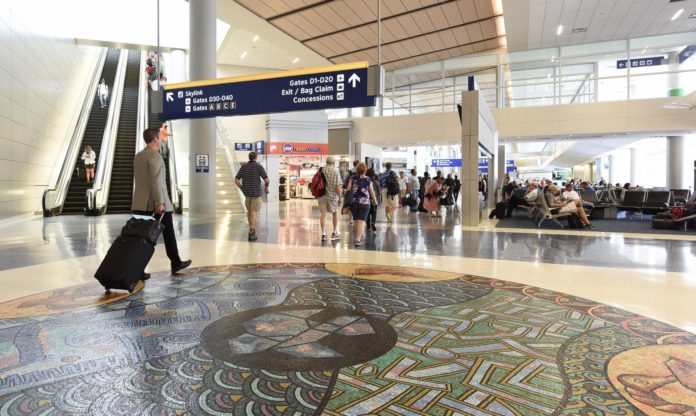Travel and tourism plays a large role in the Texas economy. Unique traditions and expansive wide-open spaces have lent a genuine mystique to “all things Texas” over the years. Today, the Lone Star State offers countless opportunities for leisure and business travelers—whether intrastate, interstate, or from far-flung places around the globe. From sleepy picturesque towns and winding country roads to enormous high-tech theme parks and world-class museums, and from high school, college, and professional athletic contests to out-of-the way nature trails, fishing holes, and cultural enrichment activities, Texas really is “like a whole other country.”
According to data maintained by the Governor’s office, Texas received approximately 256 million domestic visitors in 2015, an increase of 5.2 percent from the previous year. About 76 percent of these visitors travelled for leisure purposes versus 24% for business.
We estimate that direct travel spending in Texas totals $72.0 billion per year (based on levels of activity in 2016), translating to over $197 million spent every day in the state. In addition, the travel and tourism industry directly supports 688,000 jobs. That equates to roughly 1 in 20 Texas nonagricultural jobs directly supported by travel spending.
These direct activities comprise only a portion of the overall economic and fiscal benefits of the travel and tourism industry. Any time new money is inserted into an economy, it leads to multiple rounds of economic activity or “multiplier effects” which greatly enhance the overall effect. These gains accrue to every industry and every area in the state, and we quantified the total effects using the impact assessment system we developed.
We estimated that the increase in business activity generated by travel and tourism industry activity (including multiplier effects) includes more than $128.9 billion in gross product each year and 1.4 million permanent jobs in the state (based on 2016 levels of activity). All major industrial sectors and communities across the state experience gains in business activity stemming from travel and tourism activity. (These results are fully adjusted for out-of-state spending and other leakages from the Texas economy.)
Another measure of the impact of travel and tourism on the state is in the form of local and state taxes received. Visitors pay sales and excise taxes for the goods and services they receive, including local and state sales taxes, lodging taxes, alcoholic beverage taxes, motor vehicle rental taxes and motor fuel taxes. In addition to sales and related tax receipts from visitors, the travel and tourism industry is also an important source of property tax and franchise tax revenue. Travel and tourism industry participants pay these levies in relation to their facilities and operations.
We measured the impact of travel and tourism on tax revenue throughout the state, in particular for local property taxes. In total, travel and tourism generates nearly $7.0 billion in State tax revenue each year (based on 2016 levels of activity). The largest source of State tax revenue came from sales and excise taxes, which totaled $5.8 billion, with occupancy and other taxes comprising the remainder.
The travel and tourism industry also contributes $3.3 billion in local tax revenue across the state per year (based on 2016 levels of activity). The largest source of local tax revenue is $1.6 billion in additional sales tax revenue for local areas. In addition, travel and tourism activity contributes $1.2 billion in local property tax revenue. This revenue stems from the increases in the property tax base associated with travel and tourism such as additional hotels and motels, restaurants, entertainment venues, and other real estate assets. Occupancy taxes add another $0.4 billion, with other taxes contributing $0.1 billion. Additional revenue is derived from the employees of the tourism sector, as well as both businesses and workers that benefit from spinoff effects.
As a result of the increased property tax base from travel-related real estate assets, independent school districts (ISDs) receive an estimated $675.8 million in tax revenue each year (based on 2016 levels of activity). Of this amount, about $538.7 million supports maintenance and operations, with the remaining $137.1 million being applied to debt service and retirement. These latter funds are important in providing the resources needed to support school construction and growth.
The travel and tourism industry is an important and influential part of the economic system of Texas. As travelers visit the state, they pay for the goods and services such as transportation, room and board, and food services. This economic activity generates further economic activity in communities across the state, as well as billions in tax receipts. These resources support education, infrastructure, and vital public services throughout Texas.
Dr. M. Ray Perryman is president and CEO of The Perryman Group (www.perrymangroup.com). He also serves as Institute Distinguished Professor of Economic Theory and Method at the International Institute for Advanced Studies.






